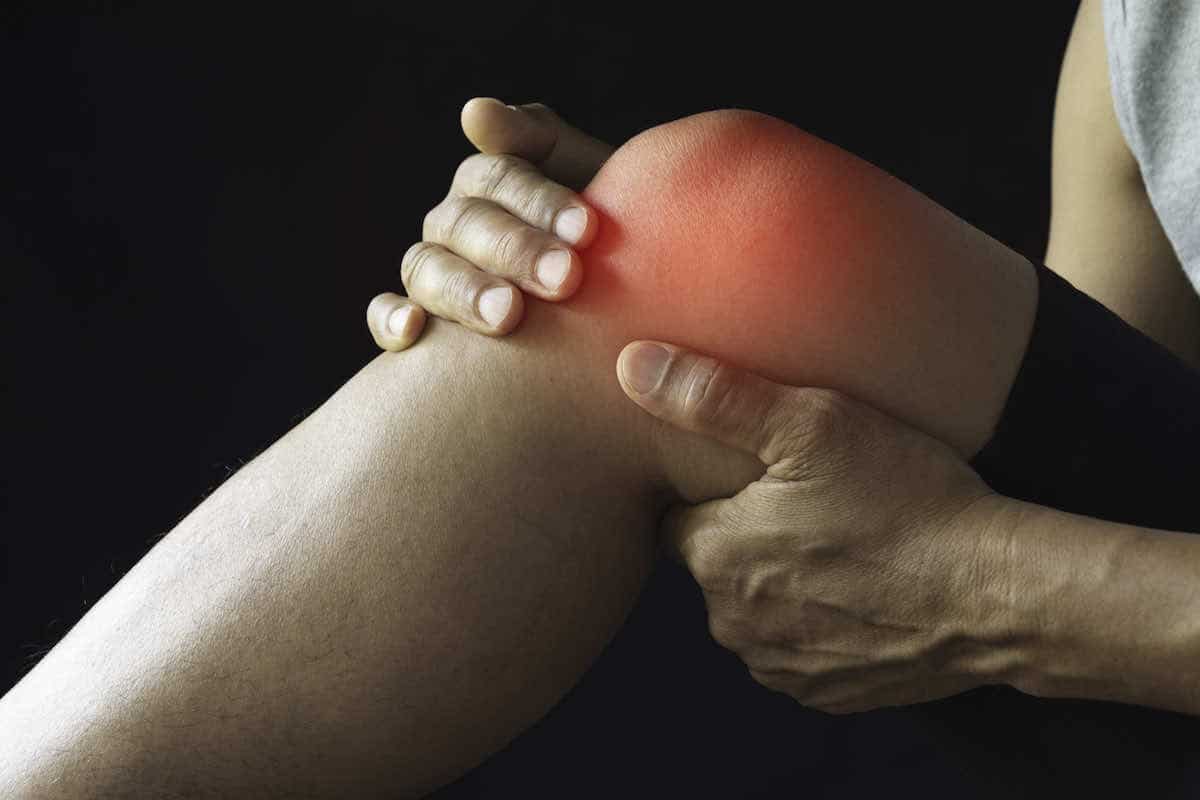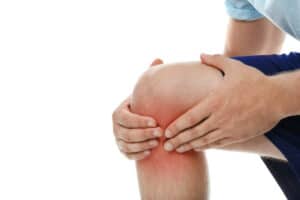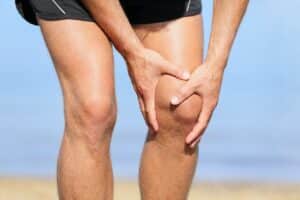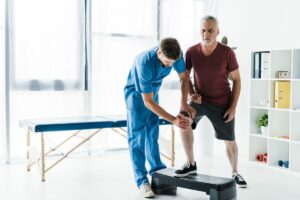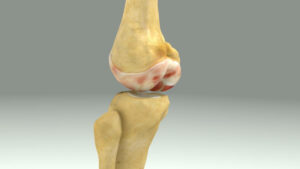Free download: Top 10 Natural & Easy Remedies for Joint Pain from Home. Learn these helpful remedies.
Estimated Reading Time: 5 minutes read
A torn cartilage under the kneecap can present a challenging period in anyone’s life. The pain, the mobility restrictions, and the general discomfort can be quite overwhelming. However, it’s essential to remember that recovery is not only possible but highly probable with the proper steps. One of these steps includes integrating targeted exercises into your healing journey.
Engaging in these exercises does more than aid in your recovery. They can help restore strength, improve flexibility, and even enhance the overall function of your knee. However, it’s always crucial to remember that starting any exercise routine should only be done under the guidance of a healthcare professional.
Table of Contents
The Power of Exercise in Healing
Once you’ve received the go-ahead from your doctor, exercise becomes an indispensable component of your rehabilitation. It’s not uncommon to feel weak or unsteady after such an injury. However, these feelings are temporary. With consistency and perseverance, you will regain your strength and confidence.
Incorporating exercise into your recovery plan can bring numerous benefits. Not only can it accelerate the healing process, but it also helps to rebuild muscle mass, improve joint mobility, and reduce stiffness. Here are some exercises that can be beneficial:
1. Quad Sets
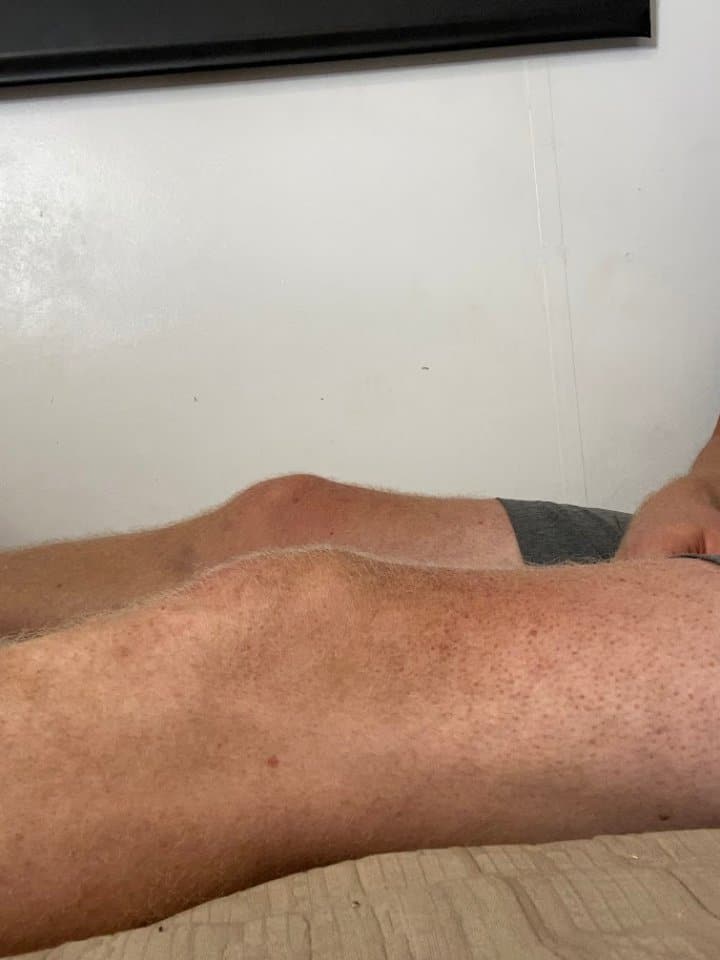
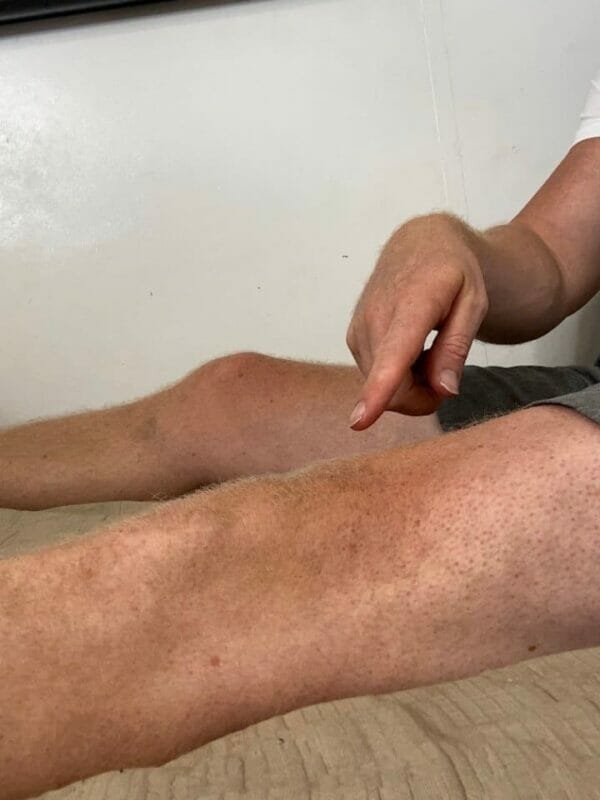
- Starting position: Seated with the injured leg stretched in front of you (can be on the floor, couch, or bed).
- Squeeze the quadriceps (the muscles on the top of the thigh) and try to press the back of the injured knee down toward the surface.
- Hold for 5 seconds, then relax.
- Repeat 10 repetitions for 3 sets.
2. Heel Slides with Rope
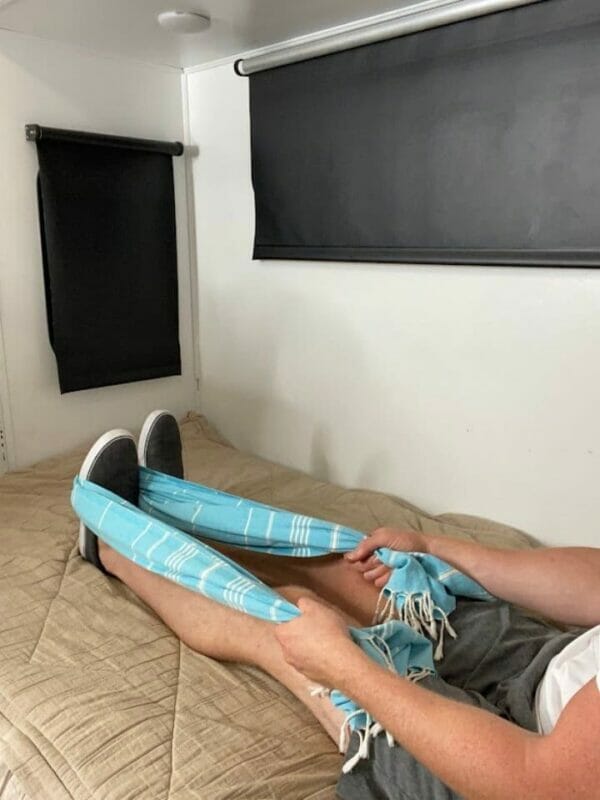
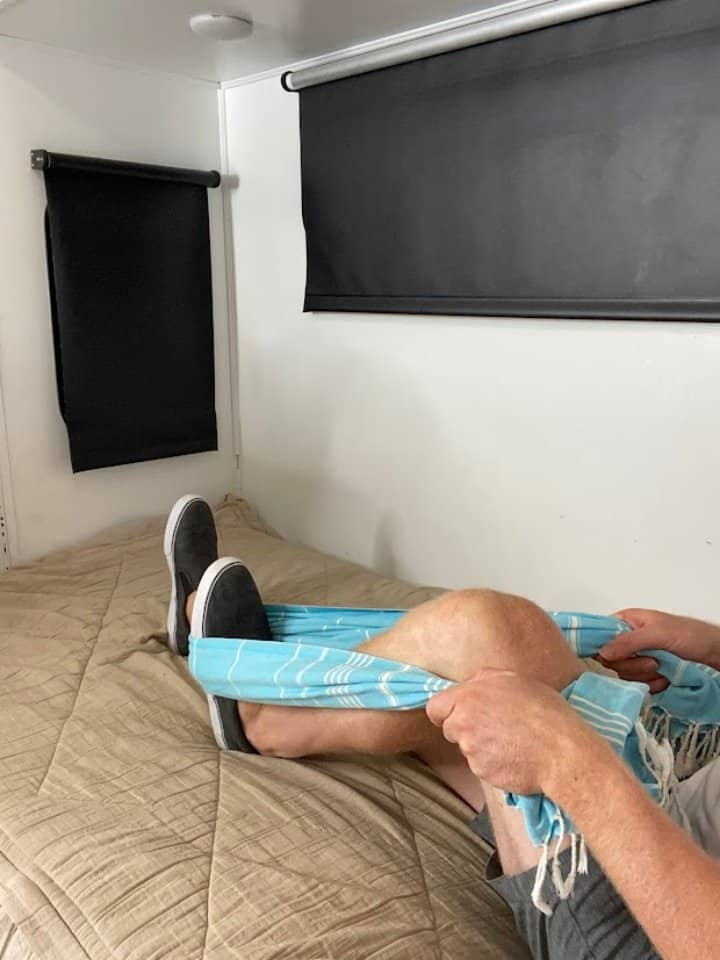
- Starting position: Sitting or laying down with the injured leg in front of you (can be on the floor, couch, or bed).
- Wrap a non-elastic strap around the foot.
- Pull on the strap with the arms to slide the heel towards the bottom while simultaneously bending the knee.
- Hold for 5 seconds, then return to your starting position.
- Repeat 10 repetitions for 3 sets.
3. Full Leg Lifts
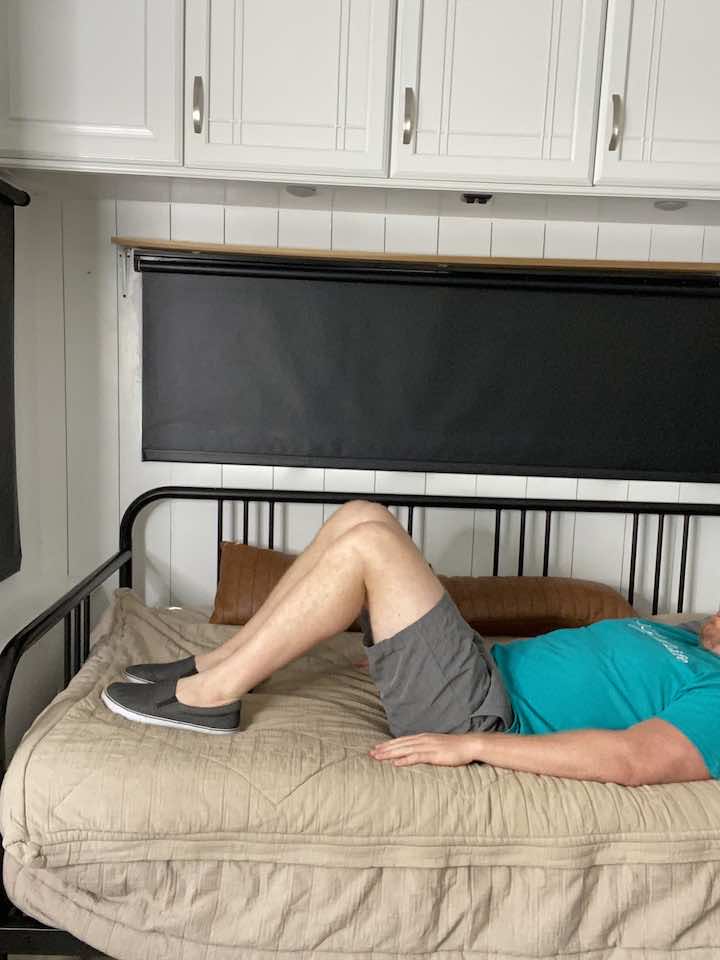
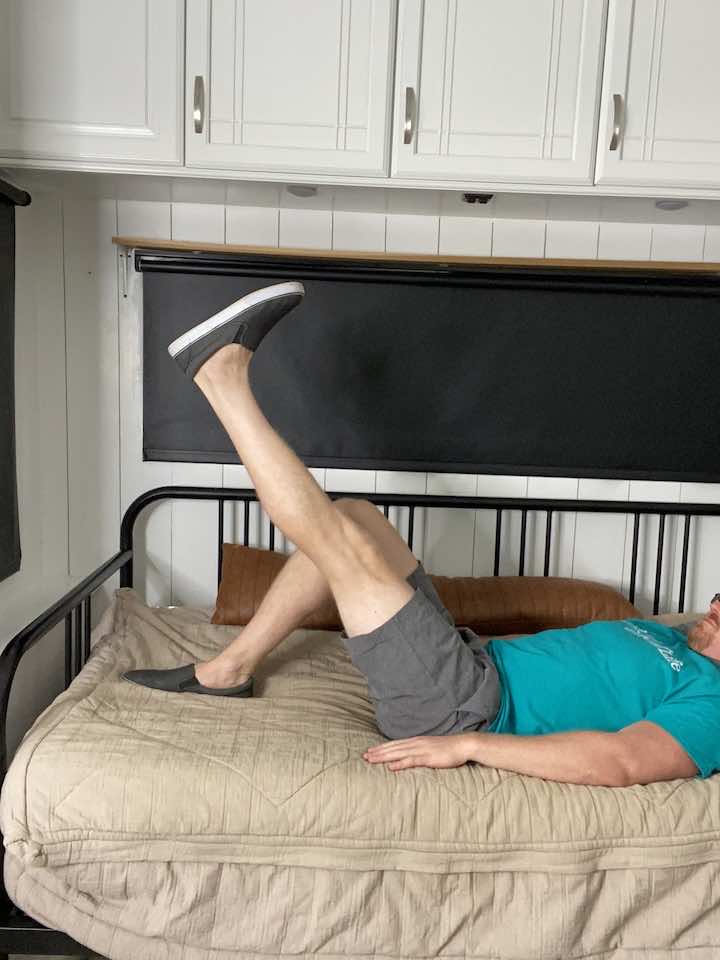
- Lie on your back with one leg bent and the other leg straight and together.
- Lift your straight leg up towards the ceiling, raising your buttocks off the floor.
- Slowly lower your leg back down, stopping just above the floor. Hold for 5 seconds briefly.
- Repeat the movement for 10 repetitions and 3 sets.
4. Standing Hip Lifts


- Stand tall with one hand placed on a bed or chair for support.
- Balance on your left leg, keeping a slight bend in your knee to avoid locking it out.
- Lead with your heel and lift your right leg out to the side, keeping your foot flexed.
- Be sure not to lean to the left while lifting your leg.
- Lower your leg back down to the starting position.
- Repeat this movement 10 times only with the injured leg.
- Do a total of 3 sets of this exercise.
5. Standing Hip Extension
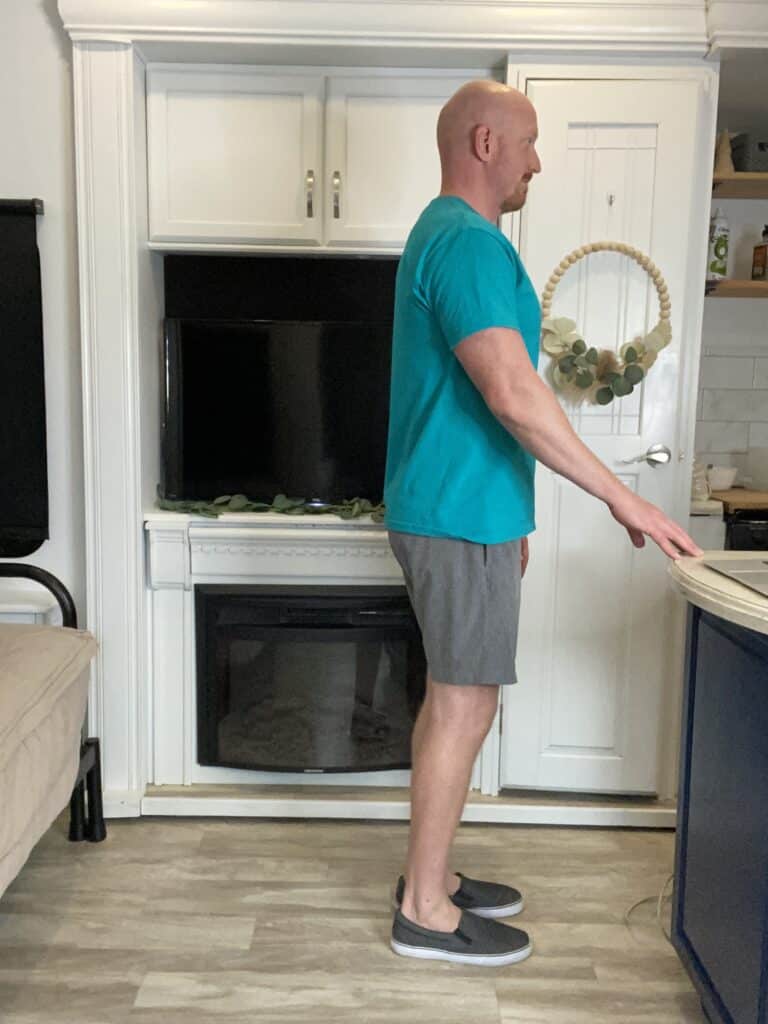
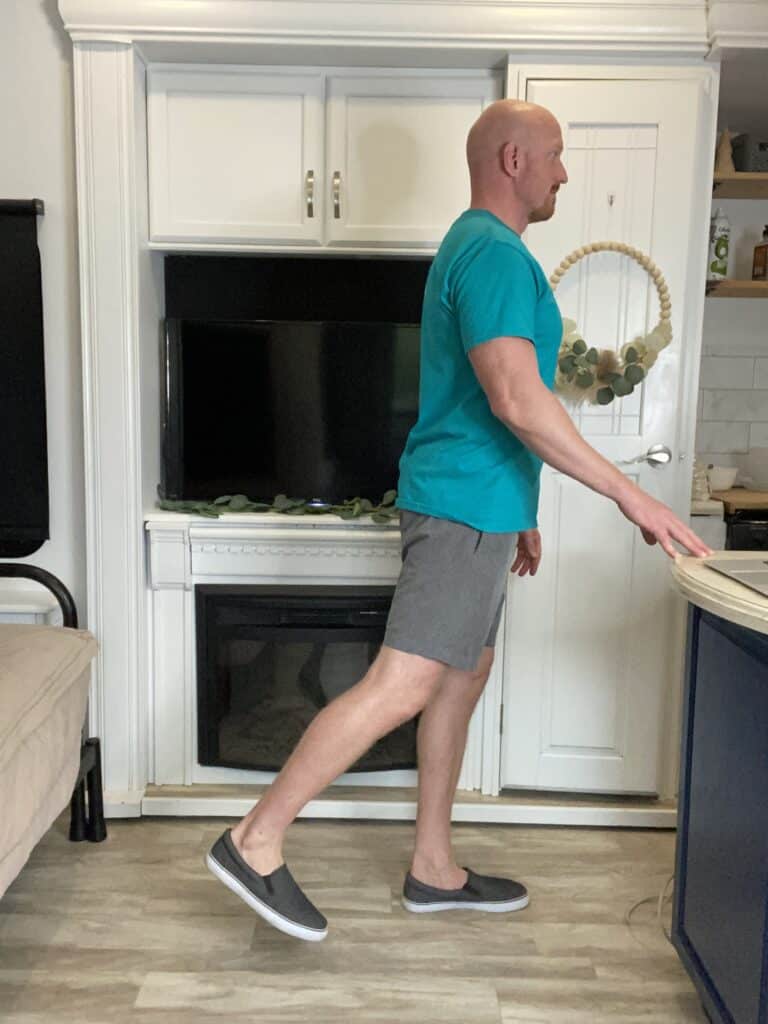
- Stand tall with your hands placed on a steady surface, such as a counter, sink, or chair (without wheels), to hold onto for balance.
- Shift your weight onto your left leg, keeping a slight bend in your left knee to avoid locking it out.
- Keeping your toes pointed forward and your right leg straight, lift your right leg back a few inches.
- Lower your leg back down to the starting position.
- Repeat this movement 10 times only with the injured leg.
- Do a total of 3 sets of this exercise.
6. Gentle Quad Stretch

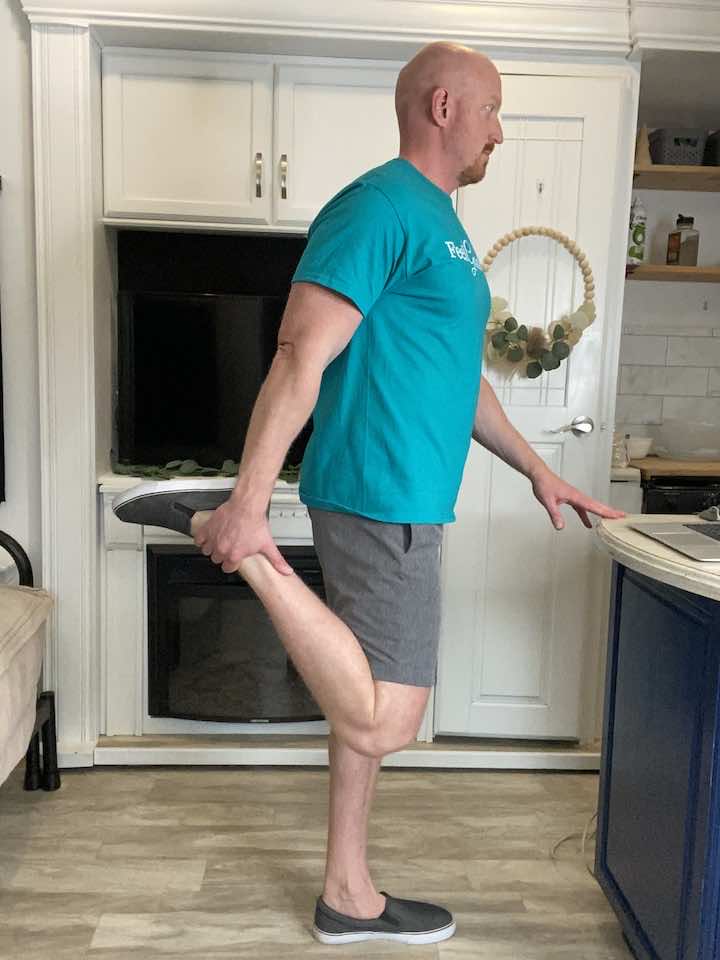
- Stand tall with your hands placed on a steady surface. You can use a counter, sink, or chair (no chairs with wheels) to hold on to for balance.
- Bend your knee and hold onto the top of your foot.
- Hold for 30 seconds, focusing on keeping your knees lined up.
- Repeat 2 more times.
- To make this exercise easier:
- You can always decrease the time you hold the stretch. The goal is to hold for 30 seconds, but you don’t have to do that on day one.
7. Seated Hamstring Stretch
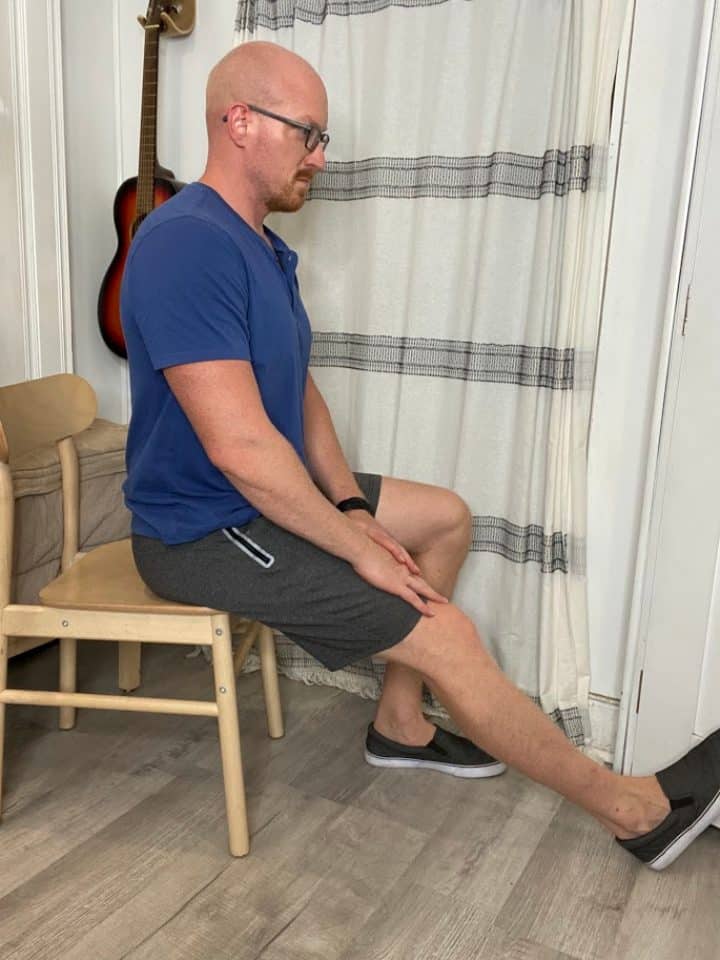
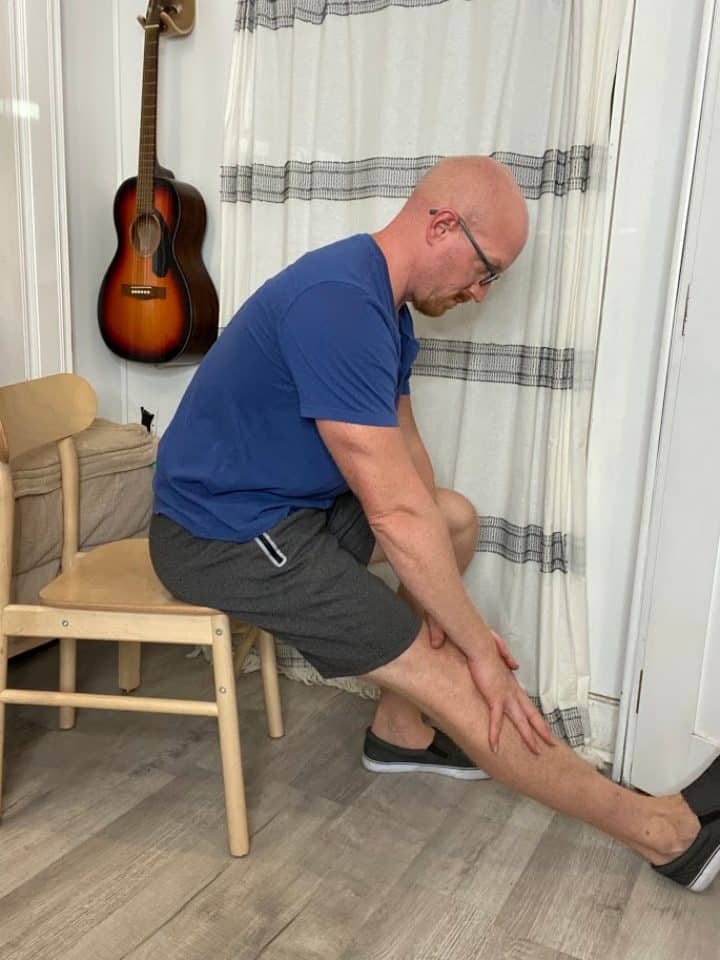
- Seated in a chair, place the leg to be stretched and extended in front of you (the knee should be straight).
- Keeping a straight back, bend forward via hinging at the hips.
- Once you feel a tolerable stretch behind the back of the leg,
- Hold for at least 30 seconds or up to 1 minute.
- Repeat 2 more times.
Consistency and Patience in Recovery
As with any rehabilitation process, consistency is crucial. These exercises may seem difficult initially, but with time, they will become more comfortable as your strength improves. Moreover, it’s vital to keep an eye on your pain levels. Any discomfort should lessen over time. If it doesn’t, or if the pain increases, it’s important to consult your doctor.
Patience also plays a significant role in recovery. Healing takes time; rushing the process can do more harm than good. Remember, slow and steady wins the race. Even when progress seems slow, consistently performing these exercises is key to a successful recovery.
Conclusion
Dealing with a torn cartilage under the kneecap can be daunting. There are challenges and setbacks, and there will be days when progress seems to be at a standstill. However, it’s important to remember that recovery is not a straight line but a journey with its own unique ups and downs. The key is to maintain a positive outlook, celebrate the small victories, and remember that each step, no matter how small, is bringing you closer to your goal of recovery.
Finally, it is critical to understand that a successful recovery from a knee injury is not just about physical healing. It also entails mental and emotional resilience. So, alongside your exercises, nurture a mindset of patience and resilience. Take the process one day at a time, and remember that your commitment and determination will pave the way for a successful recovery. You have the strength within you to overcome this challenge, emerge stronger, and reclaim your active life.


